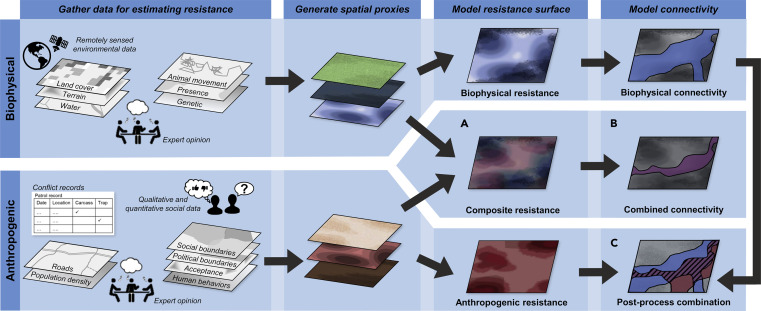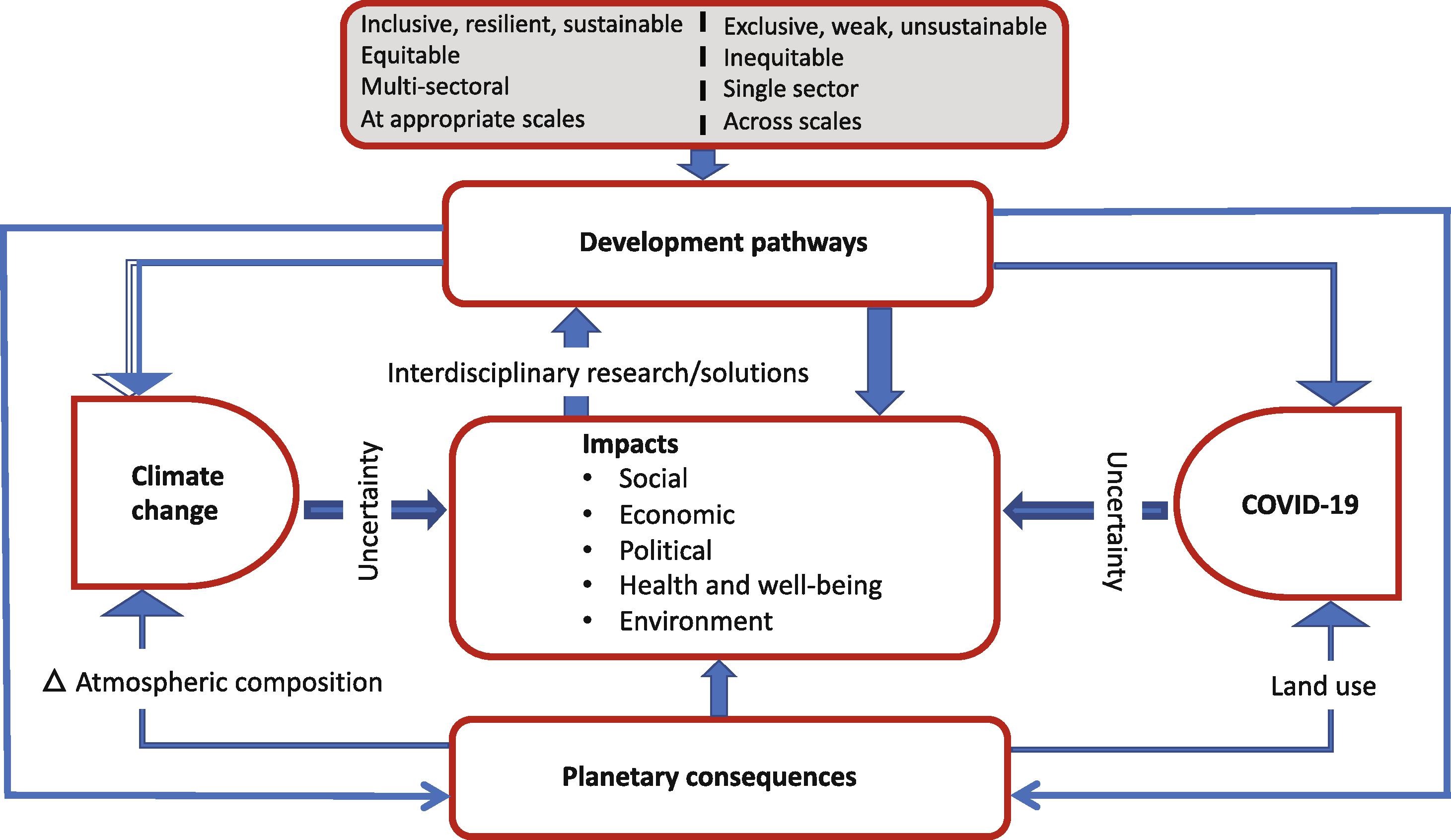Agricultural Water Management, Volume 243, 1 January 2021
Water harvesting techniques have shown promising outcomes in mitigating risks, increasing yields and delivering positive influences on other ecosystems. A field study was conducted in Northern Jordan to assess the influence of combined in-situ water harvesting techniques, micro-catchment and mulching on soil moisture content, plant morphology, gas exchange [photosynthesis (Pn), transpiration (E), and stomatal conductance (gs)] and midday stem water potential (Ψsmd) of young pistachio (Pistacia vera cv. Ashori) trees.
Trends in Food Science and Technology, Volume 107, January 2021
Background: Today's meat and dairy industry has a vast environmental footprint. To reach the UN sustainable development goals (SDGs) of ending hunger globally (SDG #2) and achieving sustainable consumption and production (SDG #12), this food production system needs to change. Recent years have seen the rise in popularity of the vegan or plant-based diet among consumers, which can go some way to reducing the environmental burden.
One Earth, Volume 4, 22 January 2021
Maintaining or restoring connectivity among wildlife populations is a primary strategy to overcome the negative impacts of habitat fragmentation. Yet, current connectivity planning efforts typically assess landscape resistance, the ability of organisms to cross various biophysical elements in a landscape, while overlooking the various ways in which human behaviors influence connectivity. Here, we introduce the concept of “anthropogenic resistance” to capture the impacts of human behaviors on species' movement through a landscape.
Advances in Ecological Research, Volume 64, January 2021
Global social and economic changes, alongside climate change, are affecting the operating environment for agriculture, leading to efforts to increase production and yields, typically through the use of agrochemicals like pesticides and fertilizers, expanded irrigation, and changes in seed varieties. Intensification, alongside the expansion of agriculture into new areas, has increased harvest, but has also had numerous well-known impacts on the environment, ultimately resulting in a loss of resilience and lack of sustainability in agro-ecosystems.
Climate Risk Management, Volume 34, January 2021
The COVID-19 pandemic and climate change are complex existential threats, unpredictable in many ways and unprecedented in modern times. There are parallels between the scale and scope of their impacts and responses. Understanding shared drivers, coupled vulnerabilities, and criteria for effective responses will help societies worldwide prepare for the simultaneous threats of climate change and future pandemics. We summarize some shared characteristics of COVID-19 and climate change impacts and interventions and discuss key policy implications and recommendations.
Molecular and Cellular Endocrinology, Volume 519, 1 January 2021
The ability to maintain a (relatively) stable body temperature in a wide range of thermal environments by use of endogenous heat production is a unique feature of endotherms such as birds. Endothermy is acquired and regulated via various endocrine and molecular pathways, and ultimately allows wide aerial, aquatic, and terrestrial distribution in variable environments. However, due to our changing climate, birds are faced with potential new challenges for thermoregulation, such as more frequent extreme weather events, lower predictability of climate, and increasing mean temperature.
Journal for Nurse Practitioners, Volume , 2021
Climate change is the most critical public health crisis of the 21st century. Physical and medical sequelae of climate and weather-related events are well documented and may be addressed in clinical practice. Mental health impacts of climate change are increasingly addressed in the literature but remain underrecognized by clinicians. This report focuses on mental health impacts of climate change through the theoretical framework of Maslow's Hierarchy of Needs.



